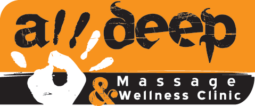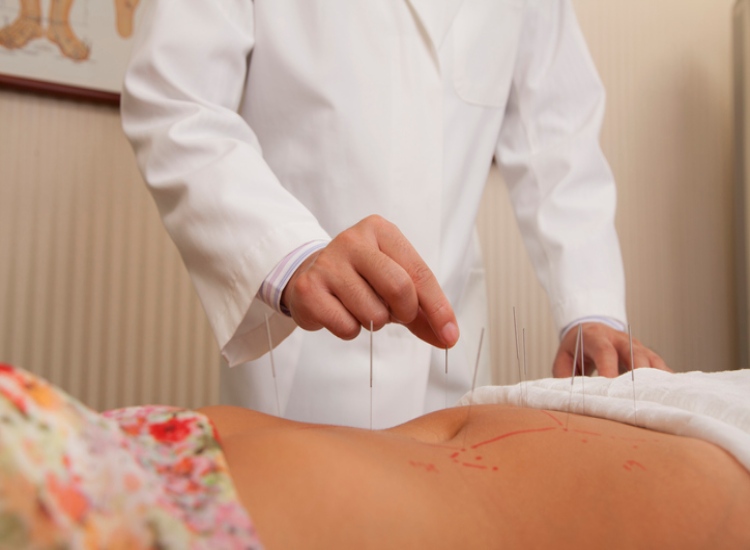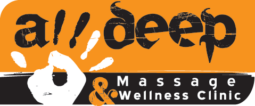Acupuncture is an ancient bodywork technique with thousands of years of history in traditional Chinese medicine. Even so, the Western world only began accepting and utilizing acupuncture about 50 years ago.
The overall concept of acupuncture is that the body has energy running through it, called Qi. The energy flows through defined pathways known as meridians or channels. Along each pathway are acupuncture points, or acupoints, that coincide with certain organs, systems, or areas of the body. By stimulating these points, acupuncturists can correct imbalances or open blocked channels to restore the natural flow of energy—and ultimately improve your health.
What are Acupuncture Points?
As of 2010, the World Health Organization has standardized 355 acupoints, with six controversial “alternative” acupoint locations, for a total of 361. These points are organized according to their placement along the 14 major meridians. Modern CT scans reveal micro-vessel cluster points at these locations, scientifically verifying why acupuncture is effective.
In contrast, traditional Chinese medicine says the body has as many as 2,000 acupuncture points. Knowledge of these locations and what each one does has developed over thousands of years. Clearly, acupuncture is not an exact science and may vary depending on where you go for treatment. That’s why choosing an acupuncturist with the proper certification and experience is so important.

How Do Acupuncture Points Work?
Modern science is only beginning to uncover why inserting needles into acupuncture points affects the body. Research is inconclusive, but here are some of the most prevailing theories:
- Placing a needle in an acupoint stimulates the nervous system, signalling the brain to release serotonin, endorphins, and adenosine, hormones that relieve pain and make you feel happy.
- Acupuncture needles decrease inflammation to relieve certain symptoms or even treat illnesses.
- Stimulating acupuncture points secretes a growth factor that helps regenerate damaged nerves.
- Acupuncture rebalances the body and regulates the autonomic nervous system to put everything back in sync.
- Meridians serve as maps that allow acupuncturists to send therapeutic signals via the nervous system, directing blood flow to problem areas.
How Do Acupuncturists Choose Which Acupoints to Use?
Step one is to identify the “sick” meridian by finding out where the pain is located. For instance, shoulder and upper back pain is associated with the bladder meridian.
Step two is to select a channel that will balance the “sick” meridian. Each of the 14 major meridians can be balanced by up to five others. For instance, the bladder meridian can be balanced by the small intestine, lung, and kidney meridians.
Step three is to select acupoints along one or more balancing meridians using the concept of “body imaging.” This is where one part of the body is mapped onto another, telling the acupuncturist where they should concentrate their work.
What Happens During Acupuncture Treatment?
During your first appointment, your practitioner will discuss your condition, symptoms, and what treatments you’ve already tried. Then, they will examine your body to pinpoint areas that will likely react to acupuncture. You may receive a personalized treatment plan recommending a specific number and frequency of sessions, along with any complementary modalities you should pursue.
When the time comes, you’ll lie on a cushioned table with the treatment area uncovered. The acupuncturist will carefully insert thin, sterile needles along the appropriate meridians and at the proper acupoints to treat your condition. Treatment may involve inserting a dozen or more needles in various places along your body.
You may feel a small prink with each needle, similar to getting your blood drawn. However, acupuncture needles are hair-thin and solid, not hollow like medical needles. You may sense a dull ache or tingling in the treatment area as the needles do their work.
Once the needles are in place, the acupuncturist will leave the room, instructing you to rest and breathe quietly while they’re gone. After the allotted time, which may be just a few minutes or longer than 20 minutes, the acupuncturist will return to remove the needles.
When your appointment is finished, you may want to rest for five or 10 minutes before driving home. There is no formal recovery time, but acupuncture has a calming effect, so it doesn’t hurt to have someone else take you home, especially after your first appointment.
Schedule Acupuncture Treatment in Sherwood Park
All Deep Massage & Wellness Clinic has served residents of Sherwood Park and the surrounding areas since 2007. Every acupuncturist on our team is formally trained and certified for your peace of mind. Thanks to our dedication and experience, we’re confident we can relieve your acute pain or chronic disorder to help you achieve your wellness goals.
Please complete our online contact form or call us at 780-416-0659 when you’re ready to schedule your first appointment. A member of our professional acupuncture team would be happy to speak with you.



